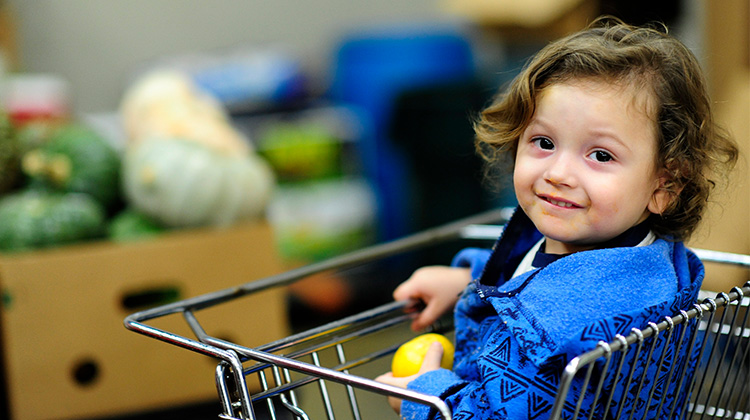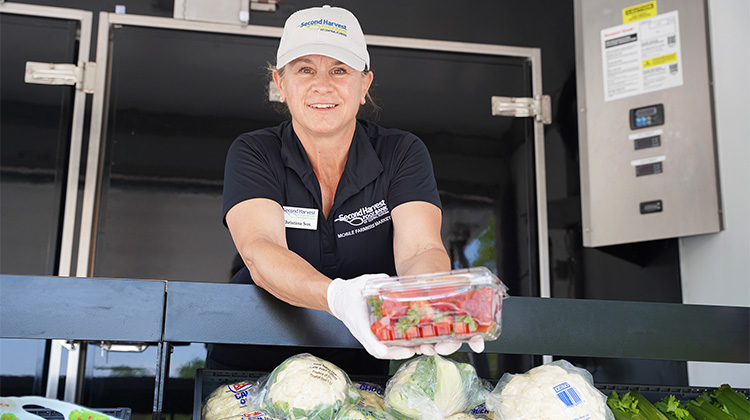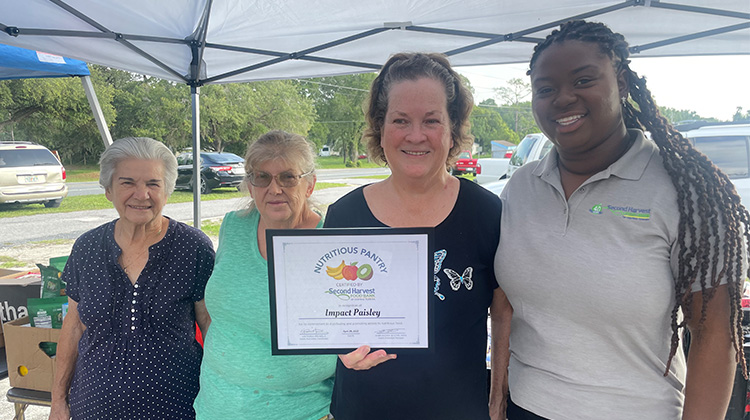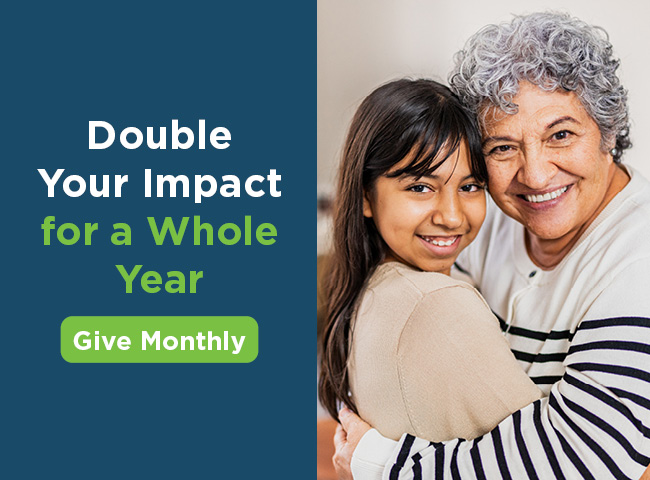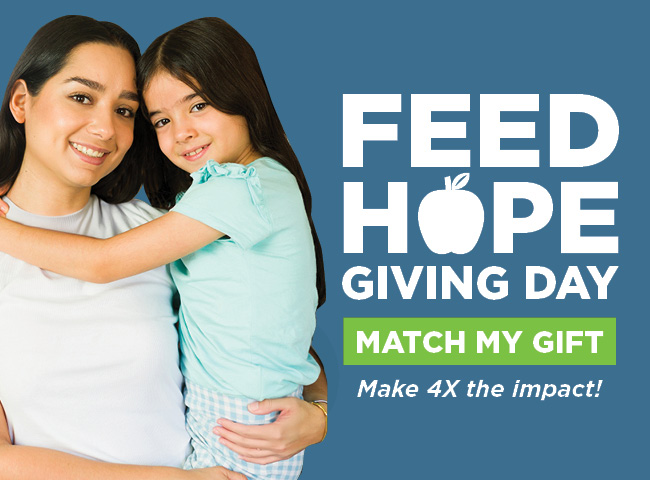With inflation impacting many household budgets, healthy menu planning can feel extremely daunting these days.
But that doesn’t have to be the case: It is possible to build a balanced diet that’s easy, economical and delicious.
After all, what we eat plays an important role in lifelong health and well-being. Studies consistently show that eating nutritious foods and limiting salty or sugary snacks can help moderate cholesterol and blood pressure – and over the long term, it can even help to prevent illnesses like diabetes, heart disease, stroke and some forms of cancer.
In honor of National Nutrition Month this March, here are some tips for eating better (without breaking your budget):
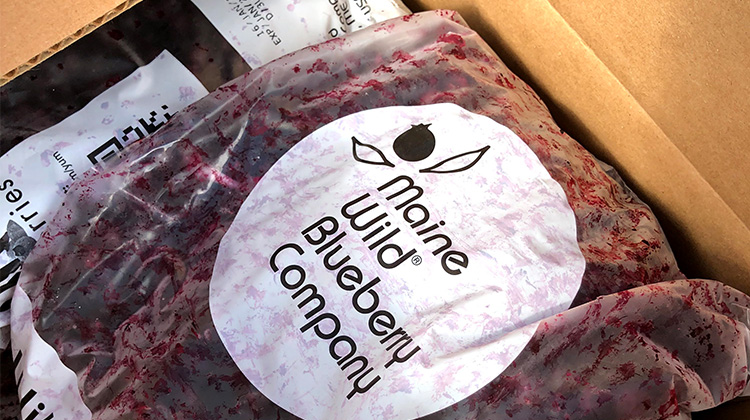
Shop for produce in the freezer section, too. While we often associate “healthy eating” with a fridge full of fruits and leafy greens, frozen and canned produce can be just as nutritious – and often much less expensive than their fresh counterparts. They also last much longer. Frozen veggies and fruits should be good for up to a year, and the canned variety may keep for up to two.

Stock shelf-stable staples. It’s also a good idea to stock your pantry with canned items such as green beans, corn, tomatoes and peas. They all offer plenty of vitamins and nutrients, and they can be served hot or cold. Canned tomatoes are also a must-have item as a base for soups, chili, pasta sauce and salsa – plus, they’re high in vitamins C and K, potassium, and lycopene, an antioxidant that helps reduce the risk of heart disease and cancer.
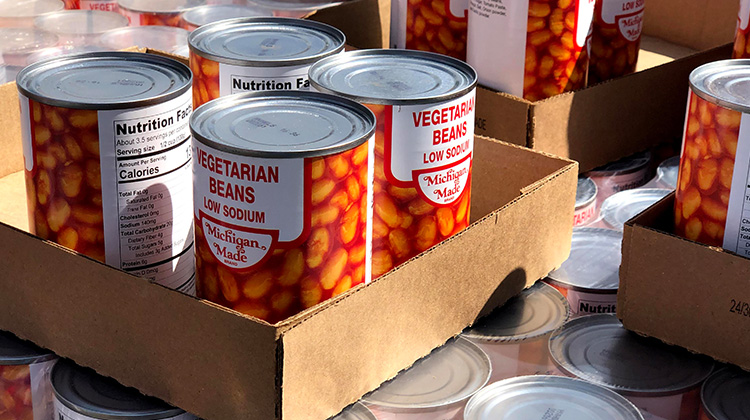
Get more protein for less. Legumes like black beans, chickpeas and black-eyed peas (available canned and dried) are some of the most affordable foods around, and they provide a triple whammy of plant-based protein, fiber and essential nutrients. For protein-based dishes, canned chicken or fish (like tuna or sardines) can be convenient, easy substitutes for fresh or frozen options.
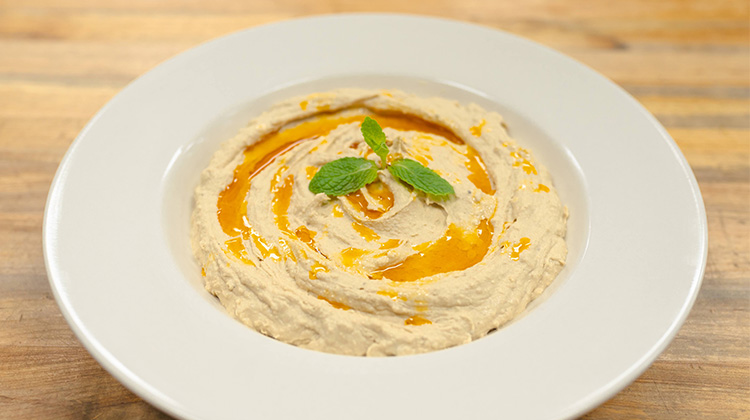
Get creative. Looking for a snack? Make some homemade chunky hummus by mashing canned chickpeas, garlic, lemon juice and olive oil. Or to satisfy a craving for something crunchy, pan-roast the chickpeas with a sprinkling of herbs and spices. The possibilities are endless, so don’t be afraid to experiment.
Moving toward a more balanced diet isn’t something you have to do overnight. Whether you start by cooking a few more meals at home, replacing a snack with healthier alternatives, or adding a few more veggies and whole grains to your plate, you’re already on the path to eating – and feeling – better.
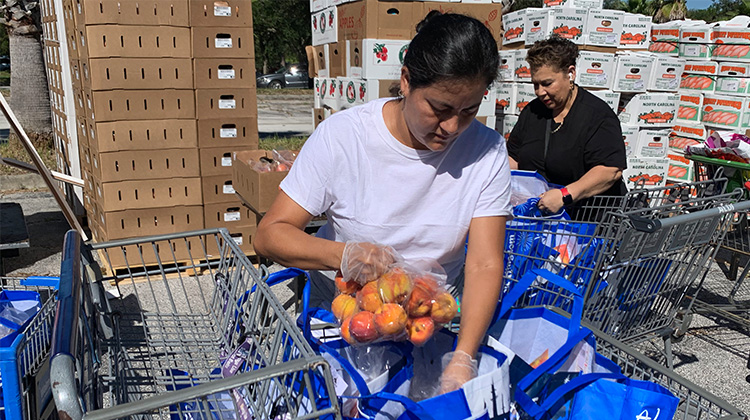
At Second Harvest Food Bank of Central Florida, that’s a key part of our approach. It’s why we’re working to make sure every family not only has enough to eat, but can enjoy healthy, nutritious meals that can maintain wellbeing and prevent diet-related diseases. By approaching food as medicine, we can help our community achieve a lifetime of better health.
Terah Barrios serves as the Community Nutrition Educator at Second Harvest Food Bank of Central Florida. In this role, she leads a variety of food demonstrations, cooking classes and educational programs.


